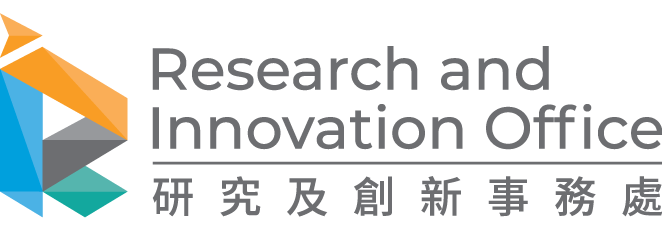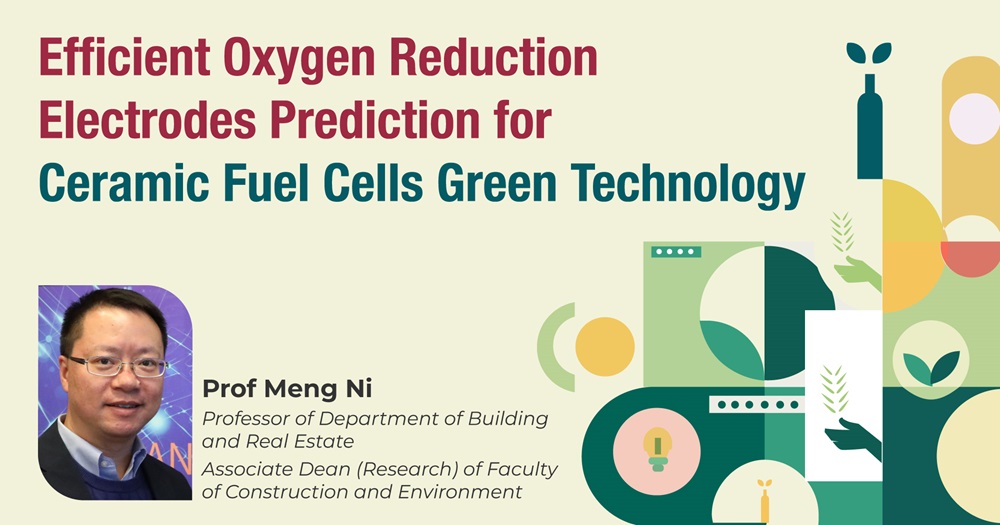Ceramic fuel cells, also known as solid oxide fuel cells, are promising green electrochemical devices for its high energy efficiency, low emissions and fuel flexibility. The development of high performance and durable cathode materials is key for efficient and durable ceramic fuel cells. Previous cathode material development based on trial-and-error approach is time-consuming, expensive and difficult to identify optimal material composition.
PolyU’s Prof Meng Ni’s team at the Department of Building and Real Estate published the paper “A combined ionic Lewis acid descriptor and machine-learning approach to prediction of efficient oxygen reduction electrodes for ceramic fuel cells” in Nature Energy, in collaboration with Prof Heping Xie from Shenzhen University and Prof Zongping Shao from Nanjing Tech University. This demonstrates an experimentally validated machine-learning-driven approach to accelerate the discovery of efficient oxygen reduction electrodes, where the ionic Lewis acid strength (ISA) is introduced as an effective physical descriptor for the oxygen reduction reaction activity of perovskite oxides.
Facilitate Green Power Generation
By an integrated approach combining machine-learning, density functional theory (DFT) computation and experimental testing, the team successfully identified potential cathode materials for ceramic fuel cell from over 6000 possible material compositions. These new materials enable ceramic fuel cells to achieve high performance and excellent durability. This research study demonstrates a new strategy to facilitate ceramic fuel cell development for clean power generation and carbon neutrality.
The first author of this paper, Mr Shuo Zhai, is a PhD candidate of the PolyU joint PHD program leading to dual awards, under supervision of Prof Ni and Prof Xie. Prof Shao from Nanjing Tech University was also involved in the supervision.
Prof Meng Ni is a Professor of Department of Building and Real Estate and an Associate Dean (Research) of Faculty of Construction and Environment at PolyU. His research covers fuel cells, hydrogen production, batteries and low-grade heat utilization.



